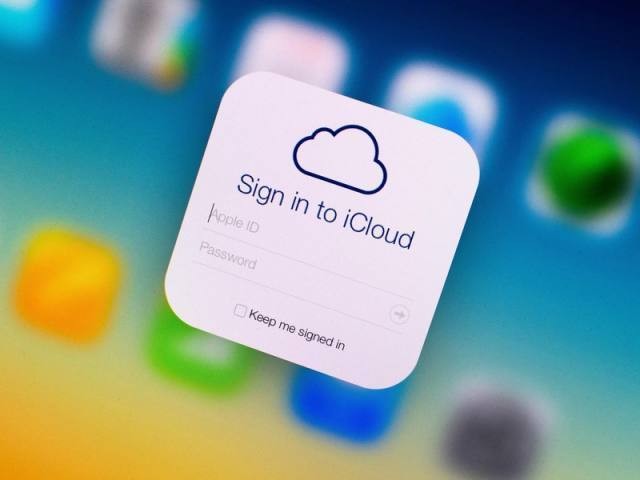Using Options to Trade Apple’s (AAPL) iCloud News
Post on: 13 Апрель, 2015 No Comment

Using Options to Trade Apple’s (AAPL) iCloud News
The much-ballyhooed Apple Worldwide Developers Conference was held Monday, and Steve Jobs was there in his ever-present turtleneck to offer the keynote address. As expected, among the product team’s major announcements was a new operating System – OS X Lion – and the iCloud service that will sync a user’s personal information (email, contracts, calendars, iBooks, song purchases, and more) among Apple devices and the web. Example – buy a song on your iPad and it will be available to download on your iPhone without having to plug anything in.
This week, however, Apple shares have dropped 3% in a solid demonstration of “buy the rumor, sell the news.” In the two weeks leading up to this meeting, the stock rose roughly 4% and has sharply backpedaled beginning in early-afternoon trading on Monday.
Perhaps investors were hoping for an iPhone 5 announcement or were underwhelmed by the unveilings they did hear. Either way, the reaction is making Apple investors wince, at least for a little while.
Apple is one of the most high-volume stocks in the market (turns out the cult of Apple-philes extends well past early product adoption). So with the name in the news, we thought we’d take the opportunity to dust off our Trade Generator tool and see what it turns up.
This tool enables users to enter the parameters for a trade and churn out dozens (sometimes hundreds) of potential option strategies. For more information on using this tool, consider viewing an archived webinar that I did on the subject.
Today we will plug in two different scenarios into the Trade Generator – one for the bulls, one for the bears – to determine some trade possibilities from the options universe. These strategy descriptions below are for educational purposes only and do not constitute buy/hold/sell recommendations. All prices below are from Tuesday afternoon when AAPL shares were trading at $335.30.
Bullish Option Strategy: Bull Call Spread
Those who have faith in the iCloud (and who think a new iPhone could make a splash later this year) might expect AAPL to gain 15% in the weeks leading up to the company’s next product announcement. Plugging these variables into the Trade Generator presents a number of possibilities, one of which is the August 335/340 bull call spread.
To execute this spread, an investor would buy the August 335 call (near-the-money) and simultaneously sell the August 340 call. The net debit for this trade is roughly $2.50. Essentially this is like getting a discount for the 335-strike call (currently priced at $14.80) by selling a higher-strike call for $12.30. The tradeoff, of course, is that any gains are maximized at the 340 strike.
The maximum gain, should Apple be trading above 340 at expiration, is $2.50, or the spread in strike prices (5) less the $2.50 debit paid. This is a potential return on risk of 100%. If Apple is trading anywhere below 335 when the options expire, the loss for this spread is capped at the $2.50 spent (well below the premium necessary for a long call at a similar strike).
Breakeven for this spread – at expiration – is $337.50, or the long strike plus the premium paid. If AAPL is trading anywhere above this when the options expire, the spread will be profitable. From current levels, this is a move of just 0.7% between now and mid-August.
The profit/loss chart below illustrates how this trade will look at expiration. To gain access to this and other tools and see how changes in time, stock price, and volatility may impact the position, open a virtual trading account .

Bearish Option Strategy: Bear Put Spread
Investors who have a more pessimistic view of Apple – perhaps over a shorter time frame – could consider a bear put spread. Plugging in a bearish view, an expected drop of 10%, and 120 days until expiration yields a number of strategies, including the August 330/325 debit put spread (a/k/a bear put spread).
An investor could buy the August 330 put and sell the August 325 put, spending a net premium of $2.25 for the spread. The most an investor can lose is this premium paid, should Apple still be trading above 330 when the options expire in August.
The maximum gain of $2.75 (difference in strikes less the debit) is achieved if AAPL is trading at or below 325 at expiration; this is a potential return on risk of 122%. Finally, breakeven is $327.75, or the long put strike (330) less the premium paid.
For additional insight into the bear put spread strategy in general, register for our free strategy webinar. This webinar will be held next Tuesday (June 14) at 3:30 PM Central Time, shortly after the close of the trading day.
The above information is provided by OptionsHouse, LLC (OptionsHouse) for informational and educational purposes only and is not intended as trading or investment advice or a recommendation that any particular security, transaction, or investment strategy is suitable for any specific person. You are solely responsible for your investment decisions. Commentary and opinions expressed are those of the author/speaker and not necessarily of OptionsHouse. Neither OptionsHouse nor any of its employees, officers, shareholders or affiliated companies guarantee the accuracy of or endorse the views or opinions of guest speakers or commentators. Projections or other information regarding the likelihood of various investment outcomes are hypothetical in nature and are not guarantees of future results. Any examples used that discuss trading profits or losses may not take into account trading commissions or fees.














